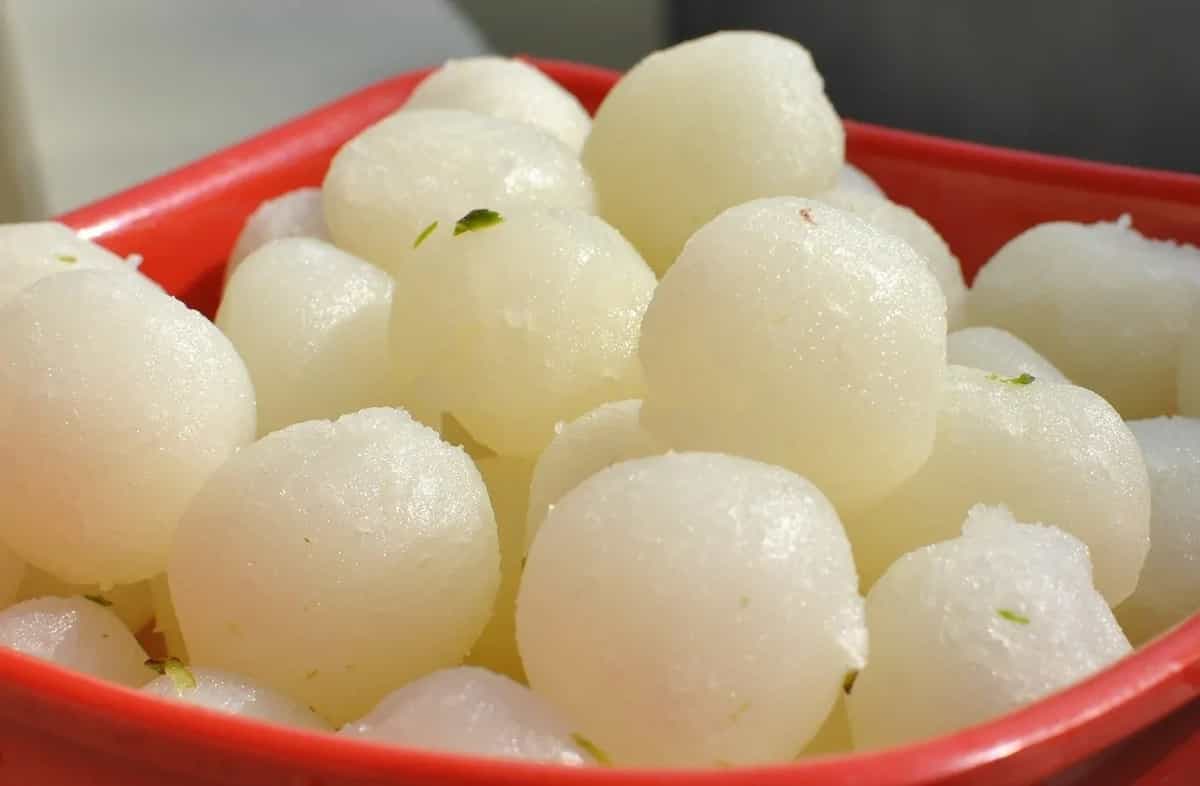The day of my brother’s wedding was replete with chaos and commotion. It was a house full of too many people, with too many loud opinions, who we were racing against time to deliver the ‘totto’ to my sister-in-law's place. Totto is an assortment of gifts like saris, sandals, bags, and sweets exchanged among the bride and groom’s families in a typical Bengali wedding. I was given the charge to fetch some fresh Roshogollas an evening before, and I did get some amazing ones in an earthen pot and ticked it off my task list, and then, like an idiot, forgot to put it in the refrigerator. So it lay there on the dining table covered beneath a tray of gifts. The following day, when it unearthed, all hell broke loose on me. I knew I had botched up an important task this time by the scale of reactions, and I must bear the wrath of the people in the Biye Bari, who, mind you, are always in a state of hurry. “How can we give them stale Roshogollas? No, way”, exclaimed my aunt. “Should we get new ones?” suggested a wise cousin. “Of course, but we need to hurry up, this girl can’t be trusted with anything,” was one of the piercing remarks by my own mother.
To this day, I wonder, if the pot contained any other sweet other than Roshogollas, would the intensity of reactions differ at all? I need another wedding for someone to recreate the same blunder to know for sure, but nonetheless, that was the day I understood, first hand, the significance of Roshogollas in a Bengali household.
Roshogolla, for the unversed, are balls made of chenna that is kneaded and mashed with hands. These balls of chenna are then soaked in sugar syrup. Thus, the Bengali sweet is omnipresent across all Bengali functions, big or small.
The Rise And Rise Of Chenna
Chenna or cheese curd is made with curdling of milk. First, an acidic agent is added to milk so that it curdles. After this, the soft cottage cheese is collected in a muslin cloth, and the whey is removed. This cheese that you have now to knead and work upon is known as the chenna.
Chenna dominates the desert fare of Bengal, and we may have Portuguese to thank for this ‘Chenna supremacy’. It was their penchant for cottage cheese that inspired the locals of Bengal too. The confectioners were more than happy as they got another raw material to work with that was malleable and versatile. They developed chenna that would have a longer shelf life and created many sweets with chenna in years to come, like the Rasmalai or flat cakes of soft chenna that swim in a milky base infused with saffron.
History Of Rasmalai
If you think chenna is the only common factor between the two legendary sweets, you are wrong. You would be surprised to know that members of the same family prepared both sweets. That’s right, and now it is common knowledge that Nobin Chandra Das invented Roshogolla in the late nineteenth century. Rasmalai was first created by his son, another distinguished, sweet maker who served the rich and elite with his delectable sweetmeats. In his book ‘Indian Food: A Historical Companion’, food Historian KT Achaya writes, “in 1868, the 22-year-old Nobin Chandra Das of Sutanati created the spongy rasogolla cooked in sugar syrup and some fifty years later his son Krishna Chandra Das invented the rasmalai.”
While several people, especially some Odia foodies, contest the origins of Rashogolla and whether it is indeed a ‘Bengali sweet’, it cannot be denied that the invention and popularity of Roshogolla did start a revolution in Bengal, paving the way for so many sweets we are oh-so-thankful for today. And if this little piece of info has worked up your cravings, here’s a recipe of both roshogolla and ras malai for you to enjoy.
Find the recipe of rasmalai here.


